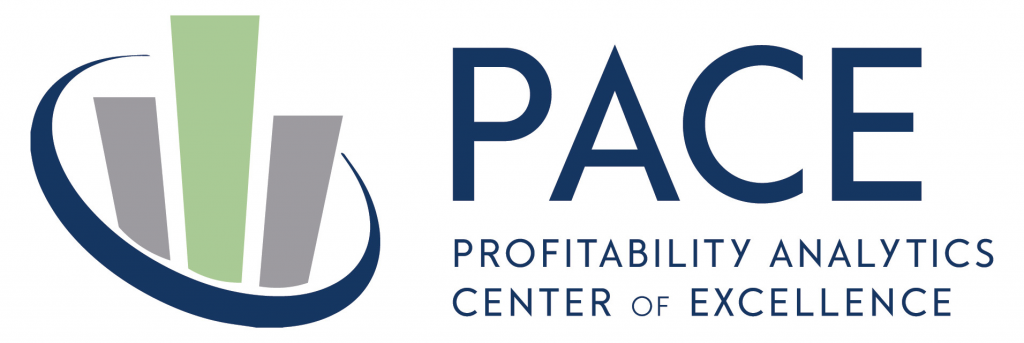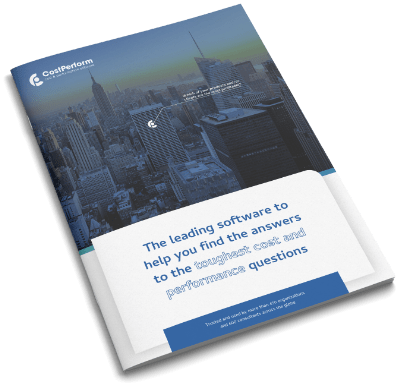By Larry White, Director, PACE
Your organization has come to the realization that its traditional financial accounting and reporting information is simply not adequate for your internal decision support needs. The rest should be easy, right? Sadly, it won’t be. Why? Please allow me to list some reasons.
1. Data, or rather the lack of it.
Internal decision support requires causal modeling. Causality is based on operational data about resources, customers and processes…not general ledger information. Most financial personnel are unfamiliar with these systems, and often have been trained to be skeptical of their data quality. The second issue is creating the correct monetary data to match the operational data. Again, general ledger information is seldom fit for purpose.
2. Assumptions, lack of precision.
This is often a follow-on problem from the first item. Because of data shortfalls, you model “directionally correct” assumptions while you work to overcome your data shortfalls. However, this leaves the new internal decision support model open to criticism about its lack of quality and precision…sadly, this often comes from other areas of finance when there are differences with financial accounting/reporting figures.
3. Model Complexity and Precision Traps.
As you design the model, requirements grow in complexity as users try to “know everything” as accurately as possible. This is a defensive move to protect themselves from past criticism and micromanagements. The cause is often lack of organizational trust about the decision support information that has been used in the past.
4. Timeliness of Information.
Many internal decision support models operate periodically with data dumps from operational and financial systems that often must be “worked on” prior to running the internal decision support model. Sadly, this often makes the results late or later than financial accounting information and is only a marginal improvement for operational managers – the information is more relevant to operations, but still too late to influence many decisions that had to be made. It’s still “driving with the rear-view mirror”.
5. Failure to Capture Operational Granularity.
Many operational improvements are small, years of process improvement have instilled the value of continuous small improvements. Failures of many decision support models to track idle capacity, to track fixed and proportional resource use and costs using the Causality concept of Responsiveness, to assign weak and non-causal costs to levels of the business, and many other concepts outlined in the IMA Conceptual Framework for Managerial Costing result in an inadequate monetary model to support operational decision making.
It is sad when an organization recognizes the need for better internal decision support information, then fumbles the implementation. The most common reason for this is that no one in the organization has a clear vision of what a good internal decision support model should look like, but everyone has an opinion or a criticism. Even some parts of the finance organization will argue that the internal decision support model is deviating from and confusing the “primacy” of financial accounting/reporting which is the audited and official financial “truth”…even though it is often useless and wrong for a great many decisions.
What’s the solution? Operations can often be a great ally for improving causal/managerial cost models. They have often been put in difficult situations due to financial accounting/reporting-based measurements. Marketing and sales can also often find value in improved customer profitability information. The greatest challenge is often placating or reassuring finance, senior executives, and the board who are closely tied to financial reporting metrics during the implementation and evolution of the project and the introduction of new information. This often isn’t planned for since their support is assumed when the “go-ahead” is given, but ongoing management of existing support is a critical component of a new initiative. Keep the original goals and problems being solved highly visible and show all stakeholders frequently how they are being achieved and solved.
Source citation: PACE
PACE and CostPerform are working together to expand the world of Cost Management.

